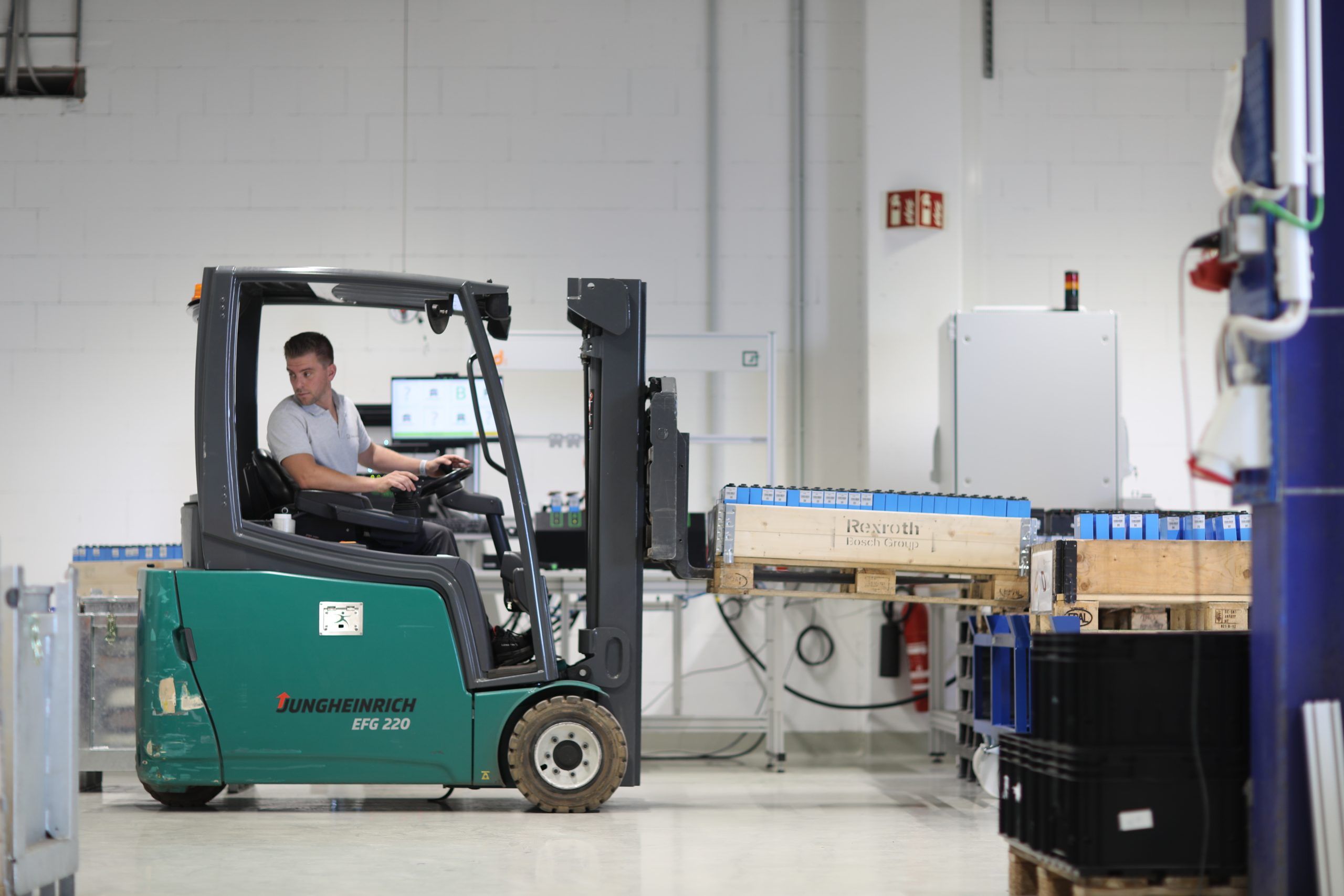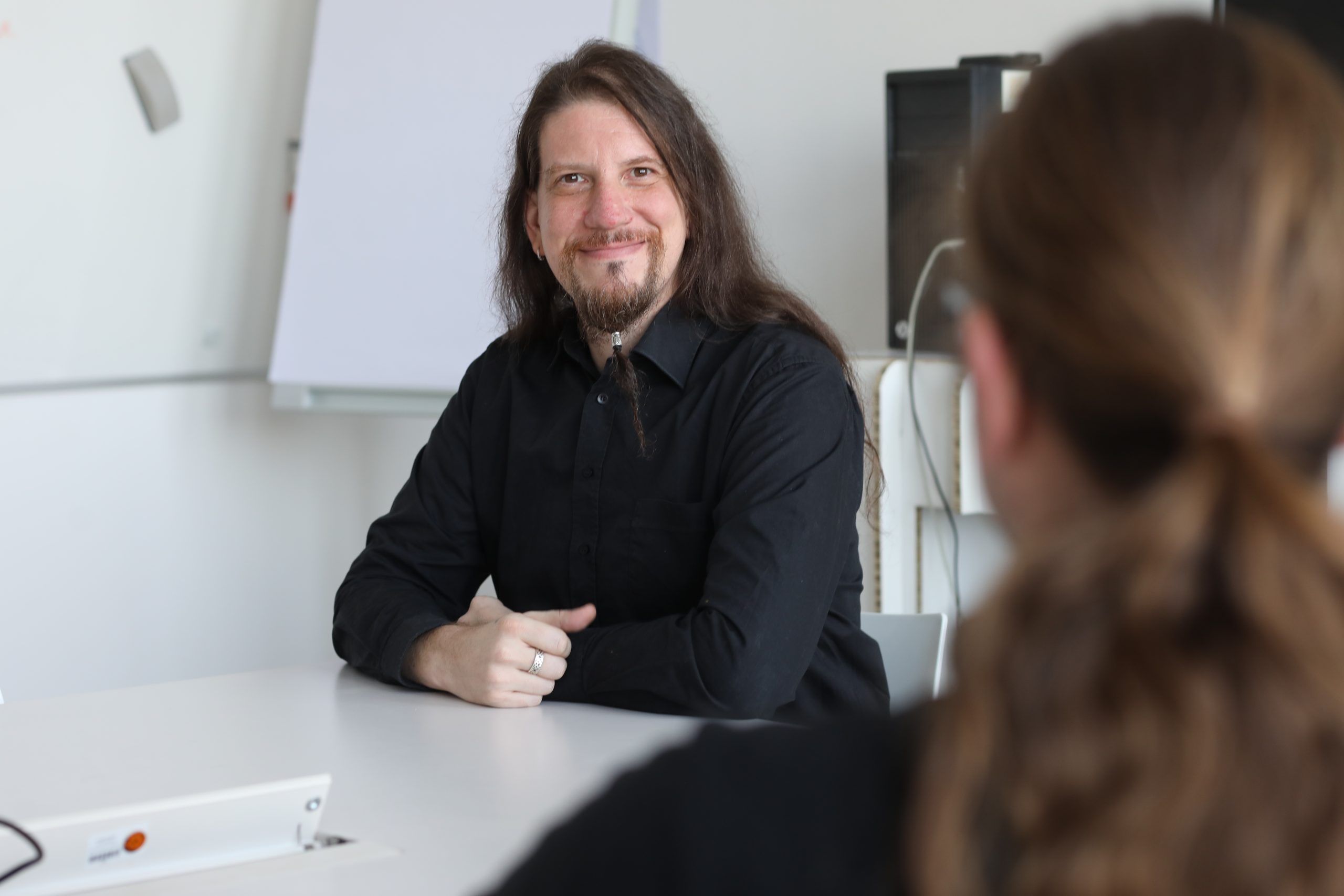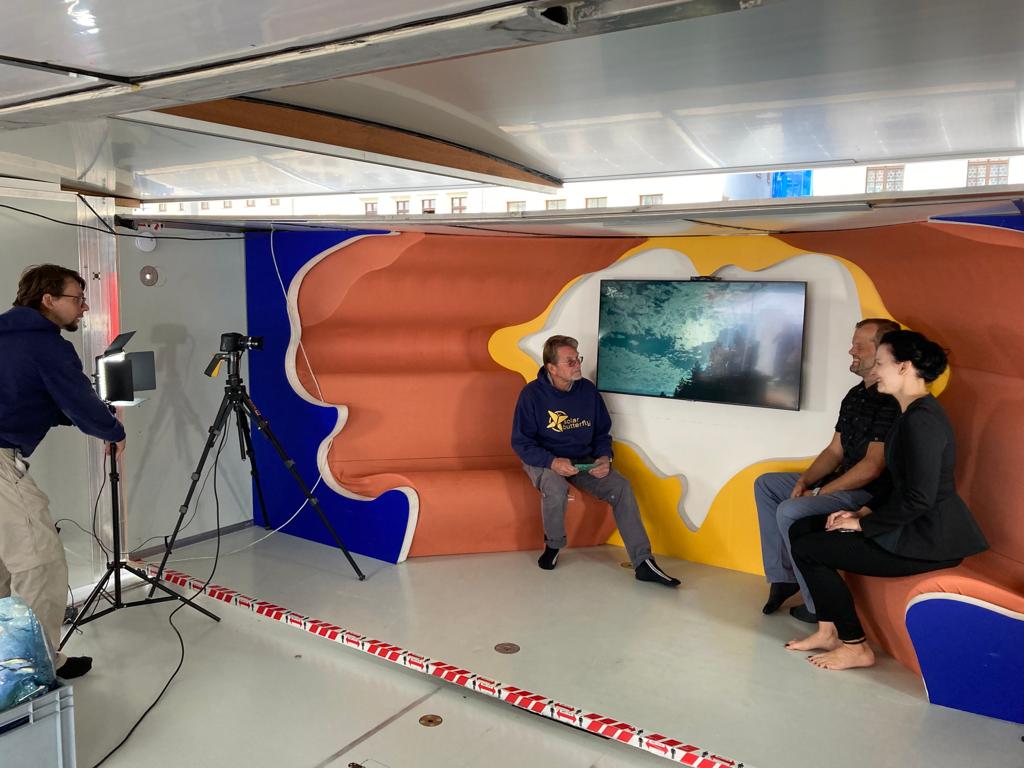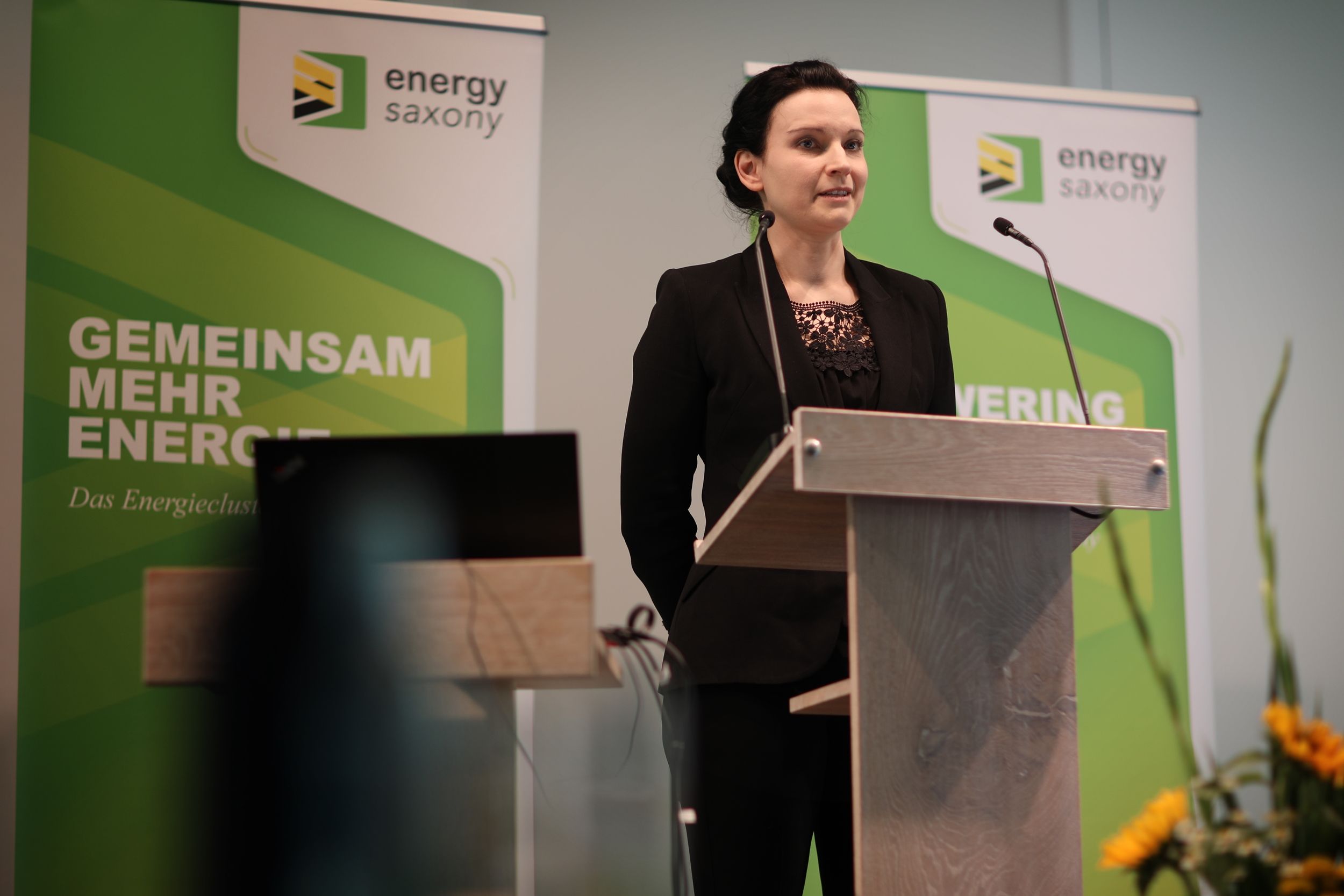Sustainable transport and electromobility are among the key topics to which Scania intends to align its product portfolio in the future. As early as 2025, 10% of vehicle sales are to be in the electric sector. By 2030, the vehicle manufacturer even expects 50%. Accordingly, the search for solutions that enable batteries to be used for as long as possible, or even several times, is urgent. We spoke with Christer Killgren, Business Development Manager in Circular Battery Recycling, about current challenges and plans at Scania.
Christer, when did you start looking for solutions in the fields of battery diagnostics and Second Life at Scania?
It was in early 2023, when we already had the technology to check the health status of battery packs. However, we also wanted to check battery modules without their own battery management system. For this, we were looking for a suitable solution.
How did you hear about NOVUM?
We looked at various solutions on the subject of battery diagnostics. We were introduced to NOVUM’s management during a joint meeting with Volkswagen Group Services. This led us to take a closer look at NOVUM’s technology.
Why is the sustainable use of batteries so crucial for Scania? Are economic or ecological aspects more important?
It’s a combination of both! We want to reduce our environmental footprint, firstly by using batteries for longer and secondly by recycling batteries. At the same time, we hope that this way we can reduce the cost of our batteries.
Do you plan to equip all your vehicles with an electric drive in the future?
By 2030, we would like to equip around half of our vehicles with electric drives. As things stand today, that would be 40,000 vehicles per year.
It’s understandable that topics such as battery diagnostics and battery recycling are becoming increasingly important for you against this background! What drives you personally?
I’m the grandfather of three grandchildren and I want my work to help them grow up in an intact environment. But it is also incredibly exciting to follow the developments in the battery industry. The pace at which new batteries are coming to market is similar to the development of computers in the 1990s — and it’s getting more and more rapid. Battery diagnostics technology has to keep up with this, too.











